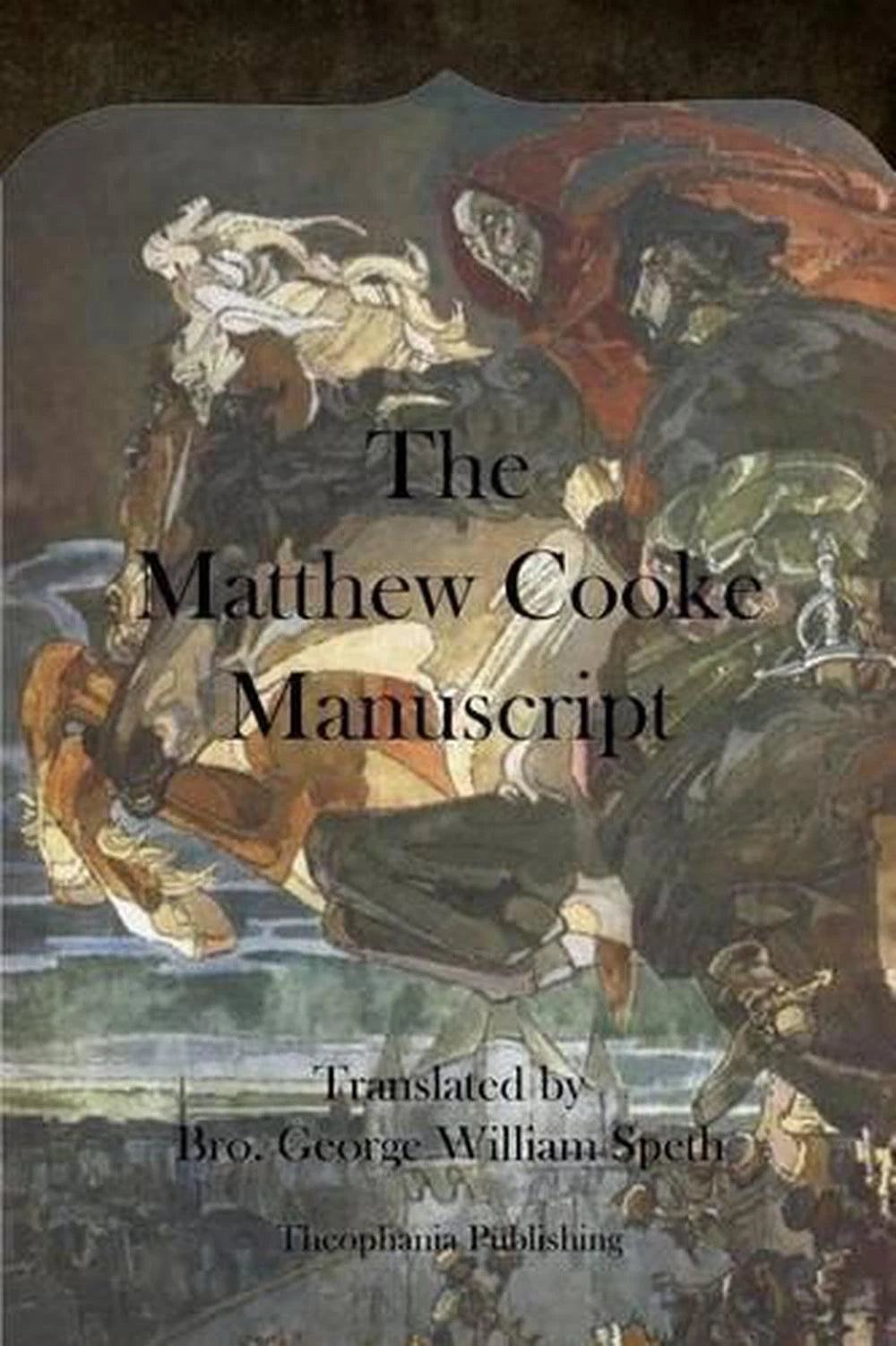Matthew Cooke Manuscript by George Speth
Matthew Cooke Manuscript by George Speth
Couldn't load pickup availability
The Matthew Cooke Manuscript is the second oldest of the Old Charges or Gothic Constitutions of Freemasonry, and the oldest known set of charges to be written in prose. It contains some repetition, but compared to the Regius there is also much new material, much of which is repeated in later constitutions. After an opening thanksgiving prayer, the text enumerates the Seven Liberal Arts, giving precedence to geometry, which it equates with masonry. There follows the tale of the children of Lamech, expanded from the Book of Genesis. Jabal discovered geometry, and became Cain's Master Mason. Jubal discovered music, Tubal Cain discovered metallurgy and the art of the smith, while Lamech's daughter Naamah invented weaving. Discovering that the earth would be destroyed either by fire or by flood, they inscribed all their knowledge on two pillars of stone, one that would be impervious to fire, and one that would not sink. Generations after the flood both pillars were discovered, one by Pythagoras, the other by the philosopher Hermes. The seven sciences were then passed down through Nimrod, the architect of the Tower of Babel, to Abraham, who taught them to the Egyptians, including Euclid, who in turn taught masonry to the children of the nobility as an instructive discipline. The craft is then taught to the children of Israel, and from the Temple of Solomon finds its way to France, and thence to Saint Alban's England. Athelstan now became one of a line of kings actively supporting masonry. His youngest son, unnamed here, is introduced for the first time as leader and mentor of masons.

